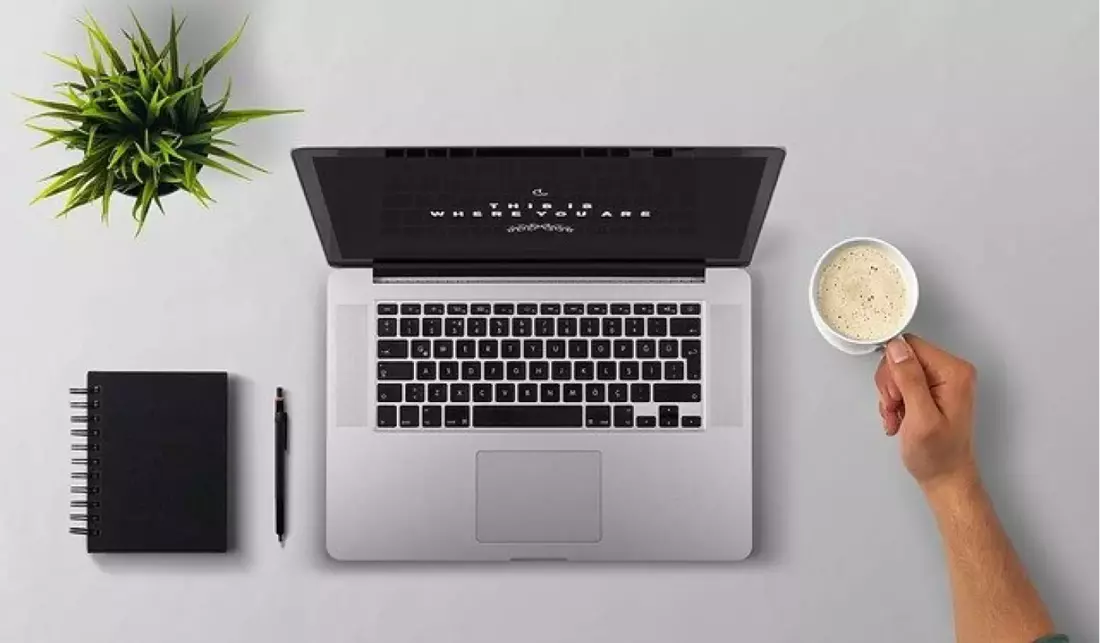When it comes to taking your work to the next level, sometimes you need an edge. Often little things make the biggest difference. Like the frosting on the cake; this article covers little things that can dramatically improve your photography.
One of my first award winning photographs was a photo with a waterfall in the background and a stream leading from its base right into the foreground. I was standing in the middle of the stream at a fairly low angle,

but what made this photo unique was that I had also managed to capture several stars reflecting off the water. I admit it; it was pure luck, but with so many people impressed by those little stars . . . I started looking for ways to be able to do that whenever I wanted. That was when I first started exploring the world of photo filters. Photo filters are NOT going to change a bad photo to a good one, BUT . . . they may change a good photo into a great one. In other words; filters are like the frosting on the cake, if the cake itself tastes bad, it doesn’t matter how sweet the frosting is. For the sake of this photo article we are going to assume you know how to make a good cake (take a good photo), and now you are ready to go to the next level.
Star Filters - these are available in 4 point, 6 point, or 8 point variety. These photo filters add glamour to nature or highly reflective surfaces (like someone playing a trumpet).
Polarizer’s - this type of photo filter is often thought of for enhancing clouds in the sky, but they also give you more control with reflections on water or glass. They also help with extreme photo lighting situations like snow or sand.
Close-Up Filter Set – not everybody can afford an extra $300 to $400 for a macro lens, this set of photo filters is well worth the investment. This gives you the edge to be able to take advantage of, and photograph the unexpected; whether it is a butterfly on a flower or dew on the morning grass.
Split Field Filter – A Split Field Filter allows you to go beyond the limits of traditional depth of field in photography. Half of the lens is basically a close up filter, half is regular glass. Now you can take an extreme close up photo of a flower at the edge of a vast canyon and still have BOTH sections of your photo look crystal clear.
Split Color Filter – This filter comes in several combinations. Similar to the split field filter, part of the filter is just regular glass, BUT the other half is colored. If half the filter is deep orange for example, you can take a photo of any mountain range and make it look like it was taken at sunset.
Spot Filter – The idea behind a spot filter is that a small portion of your photo will appear sharp (usually a spot in the middle) and the rest of the photo looks soft and dreamy. Often used in Wedding pictures or individual portraits.
Soft Focus Filter – As the name implies this photo filter gives the entire image a soft focus or dreamy effect. Use this VERY sparingly or people will think you can’t focus. Besides photo filters there are some other small items that you should tuck into your camera bag to help you improve photographic opportunities. The cost of these photo gadgets are relatively small but can give you big time (professional looking) results.
Double Sided Poster Board – For many years I carried a 10 inch x 12 inch poster board that was black on one side and white on the other. This can be used to make a small subject stand out from the back ground. A small tree frog on grass is much harder to see than one against a black background. This can also be used for controlling light like a small photo reflector.
Spray Bottle – having a small spray bottle of water means now you can take a “flowers with morning dew” photo, even if it’s the middle of the afternoon. You can also make an athlete sweat whenever you want them to; or you can wet down wild hair that is blowing in the wind for a better outdoor portrait. The last fairly cheap item for big results is a
Tripod or a
Monopod. Tripods don’t have to be built so a man can sit on it to be of good quality. And if you are worried about space as you are taking your wonderful photo trek into the wilderness consider a monopod. It offers stability as well as making a good walking stick. All of these items are considered photo add-ons. None of them are required to make a great photo, but when the opportunity arises it’s good to know you have the right tools at your disposal. Of course there are hundred of other photo gadgets and gizmos that you can get, but I advise sticking with the basics. Far more important than anything you can add to the outside, is the vision you have on the inside. Learn the elements of design. Practice leading lines, balance, repetition, framing and the rule of thirds . . . these are the ingredients of a great photo. All the rest is just frosting on the cake.



